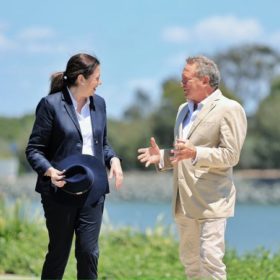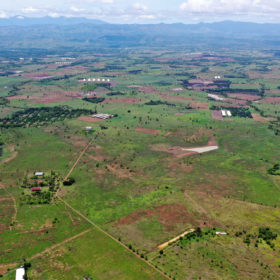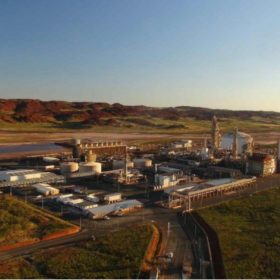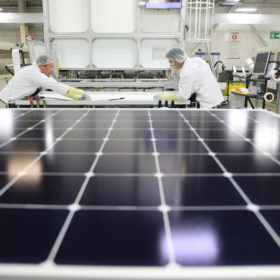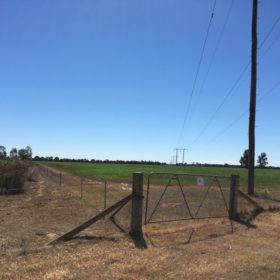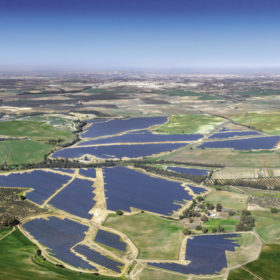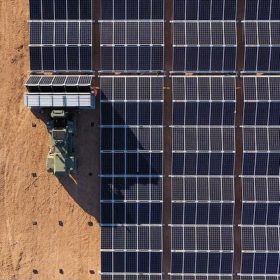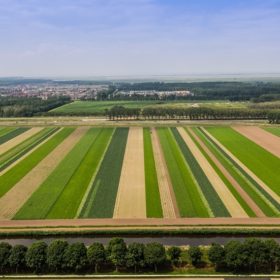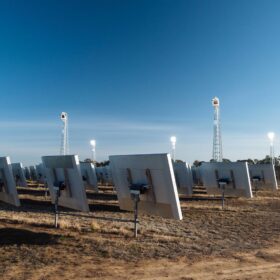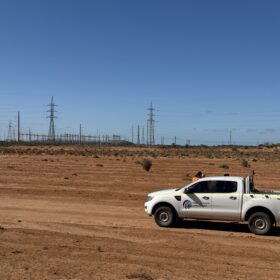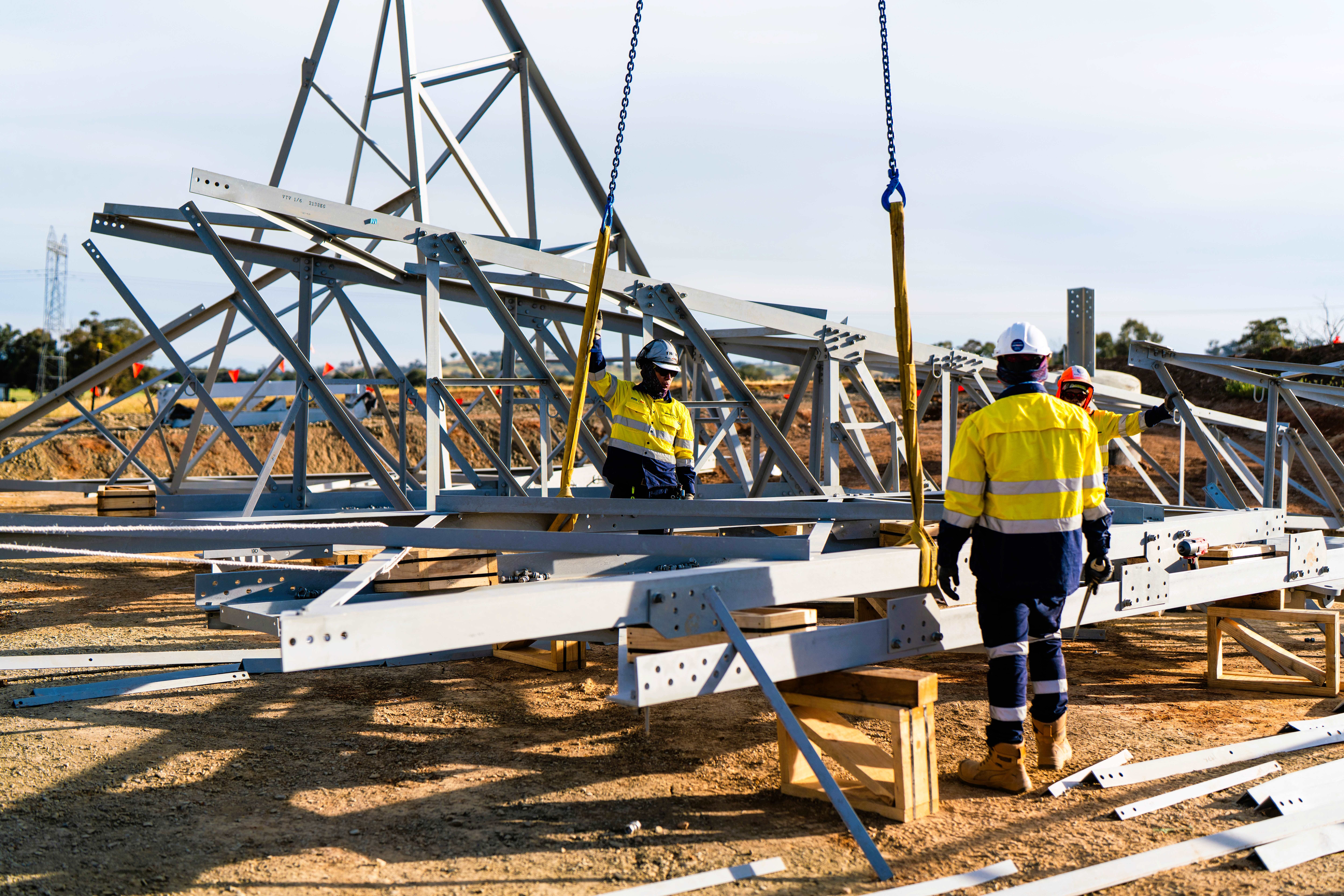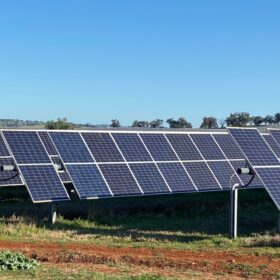Fortescue Future Industries to build a 2 GW hydrogen electrolyser plant in Central Queensland
From iron ore magnate to renewable energy mogul, Dr Andrew ‘Twiggy’ Forrest intends producing everything he needs to turn the world away from fossil fuels to green hydrogen. The latest? A renewable energy infrastructure-manufacturing facility in Aldoga, near Gladstone.
Philippines developer offers PV sites to rivals in bid to kick-start solar parks
Makati-based Solar Philippines has said it saw the potential of solar six years and is now aiming to help other companies accelerate the nation’s energy transition.
Feeling the industrial heat: carving a path to green thermal
Beyond curtailment of abundant solar and wind output lies a giant sponge of industrial need. Engie Impact is determined to connect the dots.
Industry veteran warns of looming supply chain disruption
Australia’s module supply landscape could experience a supply shock as legislation looms to stamp out the use of forced labor. Chris O’Brien, Maxeon Solar Technologies VP for the APAC region says that the measures that have left modules stranded at the U.S. border could very well occur in Australia soon.
Saturday read: PV for biodiversity
PV’s contribution to a cleaner future can go well beyond generating emissions-free energy, but maximising the opportunity is not always straightforward. Ragna Schmidt-Haupt, partner at Everoze and a board member at Skyray, argues that investors and lenders have to start making decisions today to fulfil the required disclosure regulations and make sure their fleet has a positive impact on biodiversity. The key challenge is to weigh the techno-economic-ecological risks, opportunities, costs and revenues.
HDF to construct baseload power plant using green hydrogen, plans Australia expansion
The project includes a solar park coupled with what HDF Energy claims is the “largest green hydrogen storage of intermittent electricity sources” at 128 MWh. Importantly, the company also simultaneously announced expansion plans into Australia, saying its hydrogen technology will soon be available here, adding that it has “projects already in development for Australia”.
Iberdrola adds 190 MW Avonlie Solar Farm to Australian portfolio
Spanish energy group Iberdrola has added another utility scale project to its Australian portfolio with the purchase of the 190 MW Avonlie Solar Farm in New South Wales from UK-based developer Renewable Energy Systems Group (RES).
Sunday read: Price cannibalisation threatens PV growth
As solar deployment increases, concerns about price cannibalisation continue to be more and more relevant. Large-scale solar generation during midday hours may result in curtailment or unprofitable wholesale power prices. As supply increases, the economic viability of solar PV projects could fall into question.
World’s largest solar+storage project ‘first of many’ says developer
The Australian-Singapore group behind a proposed 20 GW solar PV farm and 42 GWh battery energy storage project being developed in Australia’s remote far north has hinted other, similar-sized projects are already in the pipeline.
Agrivoltaics for strip farming
Vattenfall is leading a Dutch consortium in a research project to assess whether agrivoltaics is also compatible with strip cropping. The company’s head of Solar Development NL, Annemarie Schouten, spoke with pv magazine about the first 0.7 MW pilot project under development in the northern Dutch province of Flevoland.
